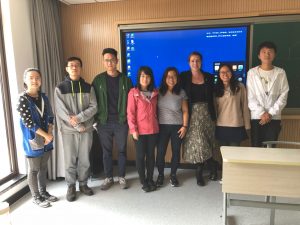(By Dr. Claudina Romero)
No one would have thought that the construction works carried out in Mérida (Spain) to build a bullfighting arena in 1903-1913 would be critical to rebuild the religious life of the Colonia Iulia Augusta Emerita. The fortuitous discoveryof a group of marbles surprised many scholars, since the iconography and inscriptions of the monuments verified the presence of Mithras’ followers in the Lusitanian capital.
The Mysteries of Mithras were conceived as a set of beliefs of Indo-Persian origin that spread throughout the Roman Empire for more than 300 years. The cult was favoured by men: Roman soldiers and public servants, but also by senators, freedmen and slaves. According to sources, the mithraic hierarchy consisted of 7 grades, each one guarded by a planetary divinity: Corax (Mercury); Nymphus (Venus); Miles (Mars); Leo (Jupiter); Perses (Luna); Heliodromos (Sol) and Pater (Saturn).
The monuments with inscriptions were immediately published (an altar and statues of Mercury, Dadophor and Oceanus) as well as those that presented a clear association with the cult (lion-headed god and Aion). However, there were many sculptures poorly preserved that were discarded from the catalogue since they did not show inscriptions nor a clear iconographic link to Mithras. Such was the case of two male figures (one partially naked and the other naked with a lion by his feet), a Venus, a draped female figure and an eagle.

When I started my thesis on the Iconography of Mithras in Hispania, these sculptures captured my attention, since I noticed that they were all more or less of the same size, marble type and style. After a careful analysis of all the materials exhumed and having visited and studied other temples in the Empire, I proposed a possible reconstruction of the mithraeum in Merida, reinterpreting those marbles as the planetary divinities that protected each grade in the mithraic ladder. Fortunately, my ideas have been very well received by the museum that preserves the monuments (Museo Nacional de Arte Romano): they have decided to re-arrange the display of the statues and recreated the temple as I imagined. A woman in charge of the mithraeum…Who would have thought it?







